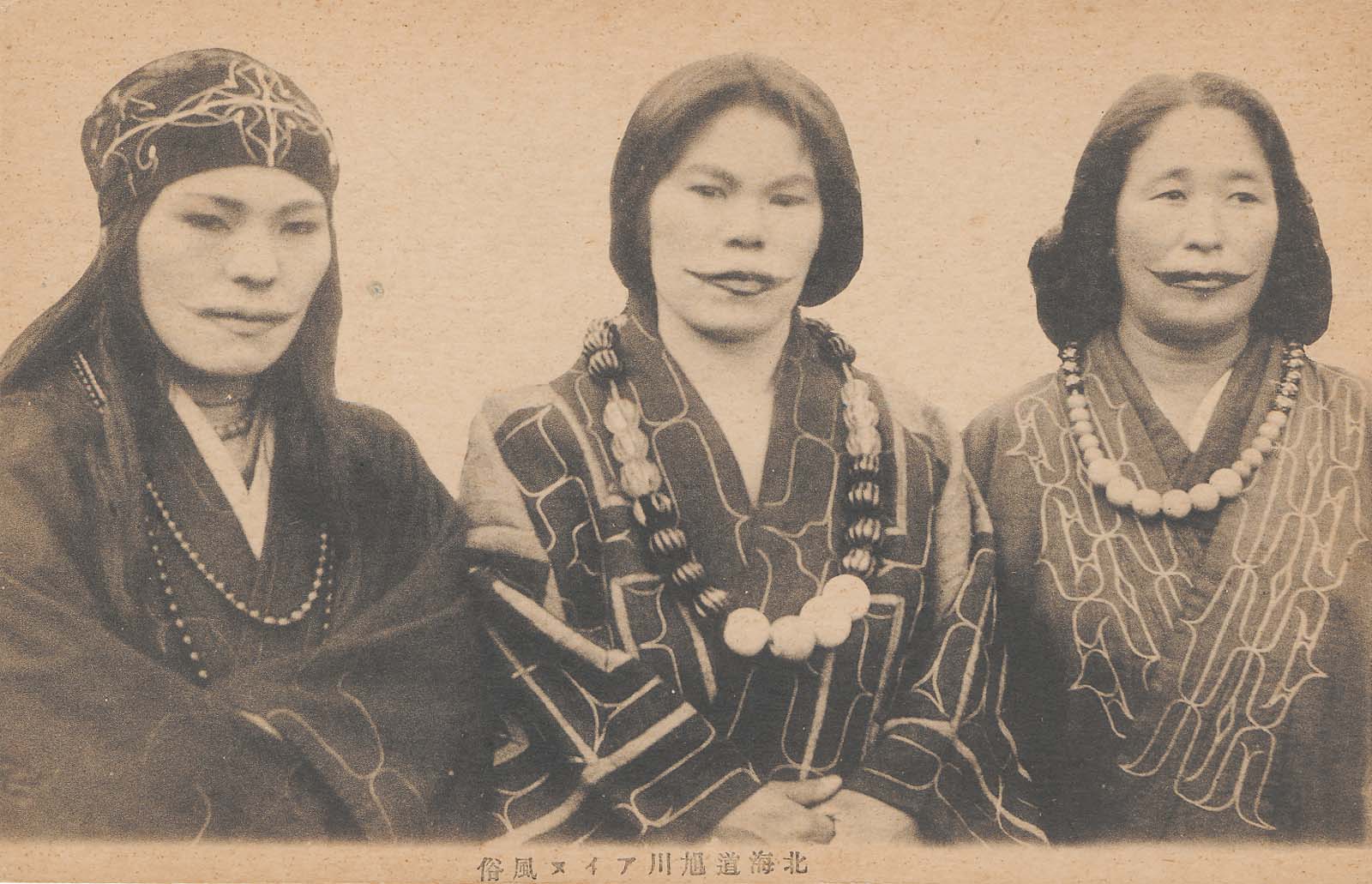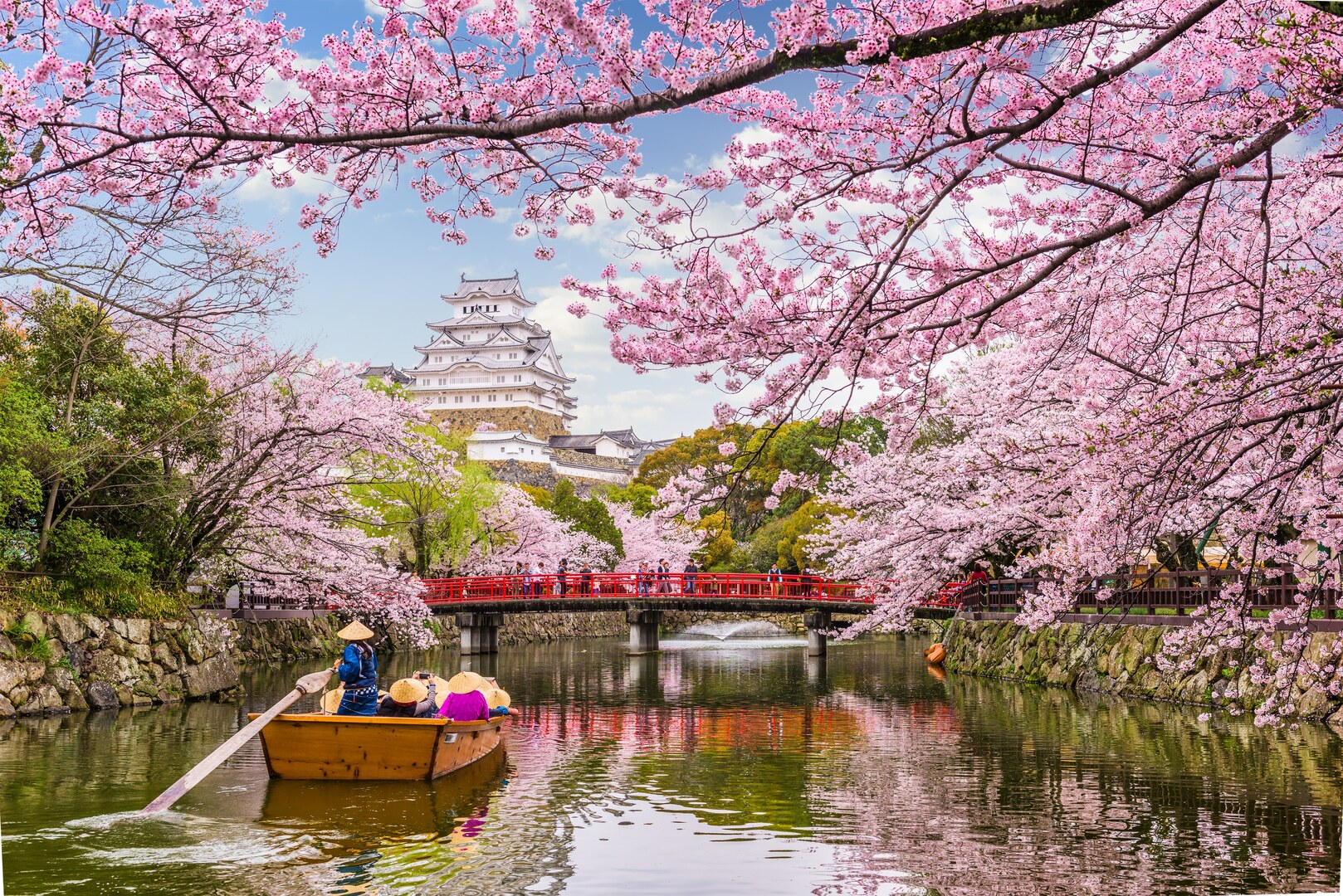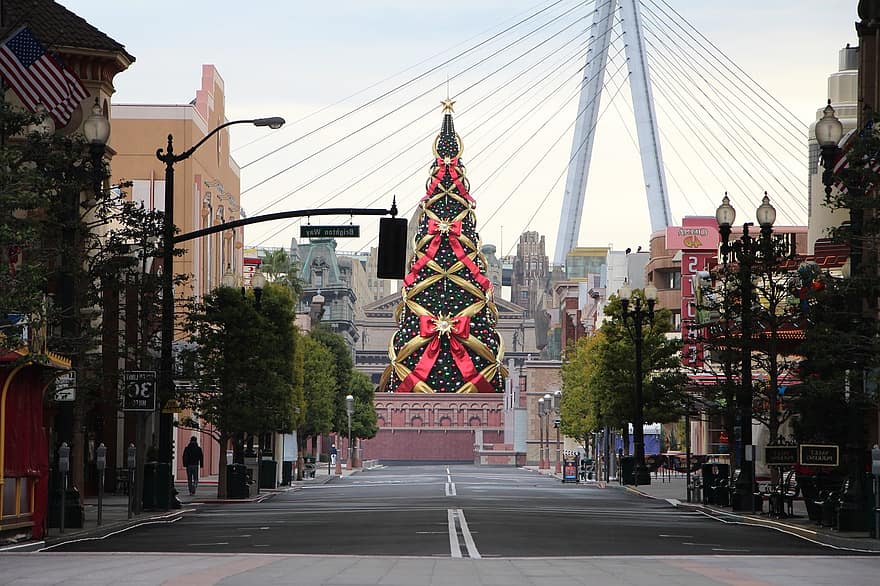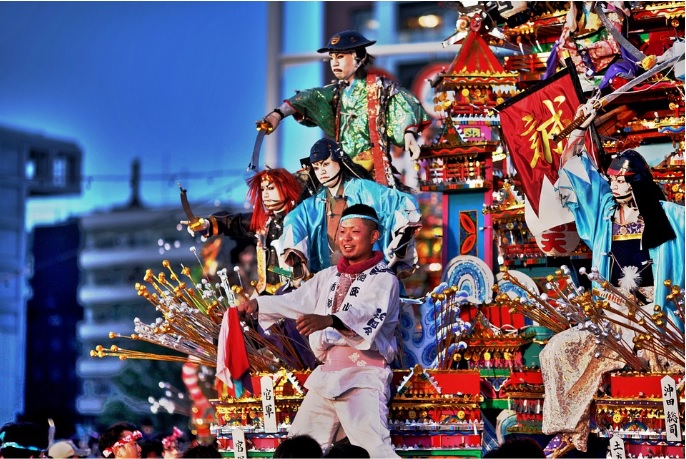
The origin of the Japanese people is still mysterious until today. Back from the Jomon period, the earliest major culture of prehistoric Japan, there are only three major tribes believed to last until today: the Ainu, the Ryukyuan (now the Okinawans) and the Mainland Japanese.
Let us trace back the two indigenous people from both ends of Japan archipelago, which are still known to exist until today.
The Ainu People
The Ainu's roots can be traced back on the northernmost land of Hokkaido, and Russia as they inhabited Sakhalin and Kuril Islands. It was only 2008 when the Ainu were formally recognized as indigenous people of Japan.
The hallmark of the Ainu culture is the woman's tattoo on their lips, and markings on their hands and arms. From the age of 12, the long process of tattooing starts. When the woman reaches the age of 15 or 16, upon completing the markings, she is now eligible for marriage.
The Japanese, known to ban tattoos, once halted the Ainu from doing their traditional body art.
Speaking of marriage, the Ainu also have a unique way of accepting or rejecting a marriage proposal. The woman will give her suitor a bowl full of rice. The man will eat the half and return the other half to her. When the woman finished the other half, that is already taken as a sign of acceptance. When the woman put the rice down and ignores it, that means rejection.
The Ainu also have their own language, but not a writing system.
The Ryukyuan People
From the North, let us head to the southernmost part of Japan where Ryukyuan people draw their breaths. In the modern day, they are now known as the Okinawans.
The Ryukyuans are an indigenous group living in Ryukyu archipelago, which extends from mainland Japan towards Taiwan. They speak their own language (such as the Okinawan or Uchinaguchi dialect).
However, the Ryukyuans are still not considered as a minority of indigenous people of the Japanese government.





